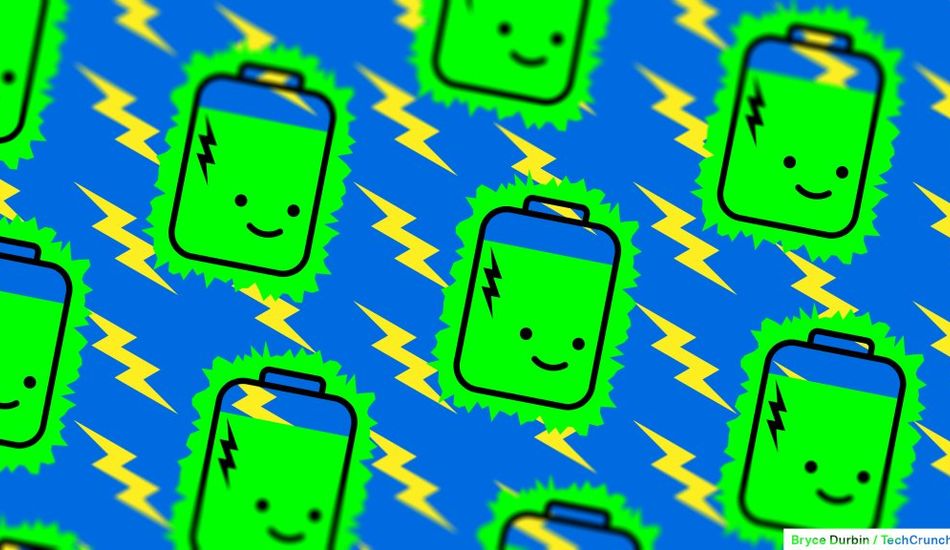
Nascent Materials Secures Funding to Enhance LFP Battery Production and Reduce Costs
Nascent Materials: Revolutionizing Battery Production for a Sustainable Future
The cost of lithium-ion batteries has plummeted by an impressive 75% in the last decade. It's not one big discovery, but a lot of little tweaks that made it happen. Someone who understands this well is Chaitanya Sharma, who founded Nascent Materials. He learned a lot while working at Tesla's Gigafactory in Nevada and leading iM3NY, a lithium-ion manufacturer in New York.
Since late 2023, Sharma has been developing a new way to process cathode materials for lithium-ion batteries. This seemingly small change could significantly reduce costs. Nascent claims that their new method could boost the cathode's energy density by up to 12% while cutting production costs by 30%. "I want to focus on new ways of making the material", Sharma mentioned.
Nascent's manufacturing-centric approach has garnered early investor attention. The company recently secured $2.3 million in a seed round led by SOSV. With this funding, the startup is initially focusing on lithium-ion-phosphate (LFP) and lithium-manganese-iron-phosphate (LMFP), cathode materials increasingly popular among automakers and data center operators. Recent advancements have brought LFP energy density closer to that of higher-end nickel- and cobalt-based chemistries, but at a fraction of the cost.
However, there's still room for improvement. Sharma experienced firsthand the challenge of obtaining consistent-quality materials at iM3NY. This inconsistency played a role in the company's bankruptcy filing in January.
The problem comes from inequalities in the supply chain. Major players like Tesla's Gigafactory tend to receive more consistent material quality. As Sharma explained, smaller manufacturers often receive inconsistent materials despite substantial investments in their factories. This realization motivated Sharma to launch Nascent Materials, aiming to provide consistent materials to all customers.
Cathode material typically comes in powder form. Although it may appear uniform, subtle variations in the grains can significantly impact the final product. Nascent has developed a process that uses less energy and creates particles that are more consistently sized and shaped. This allows for tighter packing of the material, resulting in improved energy density.
Moreover, the process provides additional advantages in the supply chain. It can use lower-purity raw materials, which broadens the scope for domestic sourcing. While Nascent currently concentrates on LFP and LMFP, the company plans to expand to other chemistries, including nickel-manganese-cobalt (NMC) and lithium-manganese-rich (LMR).
This domestic focus is designed to address a crucial industry concern, since most cathode material is currently produced in China. Sharma emphasized the importance of reducing reliance on China and simplifying the supply chain to utilize local raw materials, ultimately driving down costs.
Source: TechCrunch